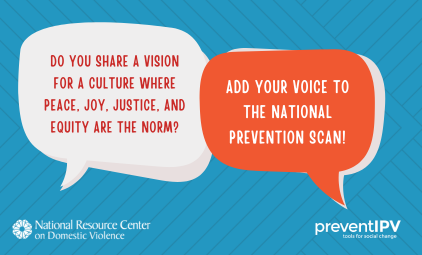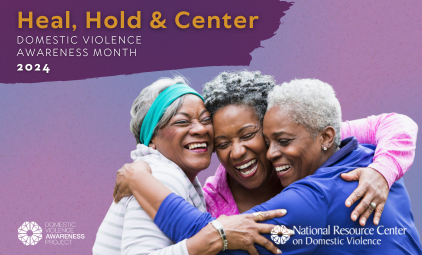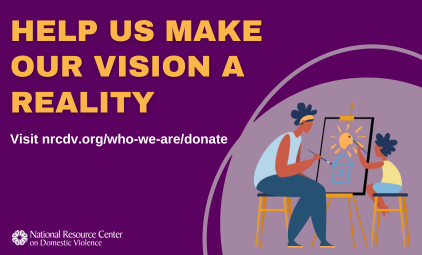 “Sexting” is the term commonly used to refer to the act of sending or receiving nude or sexually suggestive images through mobile devices or social media sites. This image sharing can be consensual, coerced, or achieved through manipulation. When teens participate in this form of digital sexual expression, it can violate existing laws established to address child pornography. For this reason, sexting has been a topic of concern among lawmakers, law enforcers, and professionals working with adolescents in recent years. Reports like those conducted through the Pew Center and Cosmo Girl suggested that this activity was fairly common, but more recent research (Mitchell & Finkelhor, 2012) suggests that images exchanged that could actually qualify as pornographic (or sexually explicit) are rather infrequent.
“Sexting” is the term commonly used to refer to the act of sending or receiving nude or sexually suggestive images through mobile devices or social media sites. This image sharing can be consensual, coerced, or achieved through manipulation. When teens participate in this form of digital sexual expression, it can violate existing laws established to address child pornography. For this reason, sexting has been a topic of concern among lawmakers, law enforcers, and professionals working with adolescents in recent years. Reports like those conducted through the Pew Center and Cosmo Girl suggested that this activity was fairly common, but more recent research (Mitchell & Finkelhor, 2012) suggests that images exchanged that could actually qualify as pornographic (or sexually explicit) are rather infrequent.
The rate of youth exposure to sexting highlights a need to provide them with information about legal consequences of sexting and advice about what to do if they receive a sexting image. However, the data suggest that appearing in, creating, or receiving sexual images is far from being a normative behavior for youth. (Mitchell & Finkelhor, 2012)
Regardless of the prevalence, sexual violence advocates and preventionists have noted the connections between sexting, sexuality, and sexual violence in their work at the community level for years. Broadly, the use of digital media to exchange sexually charged content is a natural form of sexual expression for people of all ages. This form of sexual expression can range from completely informed and consensual to non-consensual and sexually violent. For anti-violence advocates, there is a clear connection between the sexual violence continuum and the coercive behaviors used to get a sexted image. Some examples of coercive behaviors include the nonconsensual sharing of an image outside of a relationship (forwarding to friends), or the act of taking and sending a picture without a person’s knowledge or consent. Now, additional research has supported the logical conclusions made in the field about the connections between sexting and sexual violence.
A new study from the Urban Institute found that teens who experienced digital abuse were at much higher risk to experience other forms of violence and abuse from their partners. In fact, they found that teens who experienced digital sexual abuse were 5 times more likely to experience sexual coercion in their relationship than teens who were not digitally abused. A study out of Australia found that emerging communication technologies, like cell phones, are being used to help facilitate sexual violence before, during, and after the act. Recently, Dr. Rebecca Campbell submitted an Op-Ed on social media as a new way to rape. Her article focused on the connections between using technology to facilitate sexual violence and how that has led teens to commit suicide in the aftermath.
Adolescent sexual assaults are particularly likely to go viral (more so than instances of adult rape) because of the “everyone knows everything about everyone” culture of middle and high school. The ubiquity of cell phones with cameras and the power of the Internet make for faster, farther-reaching gossip, name-calling, character assassination and ultimately despair for the victim. (CNN, 2012)
So what does all of this mean for anti-violence advocates? It means that we need to think critically and strategically about how we will devote our efforts to the prevention of digital sexual violence. A study on young people’s perceptions of sexting and related educational campaigns suggests that the “scare them straight approach” is both problematic and offensive. Often times, sexting prevention messaging focuses on educating young women to make “good choices” and fails to recognize consensual sexual expression or the role of abusive partners or bystanders in facilitating nonconsensual exchanges. There is a clear gender binary in the ways that these messages are crafted. Prevention education or established responses to sexting may be riddled with victim blaming. We have a responsibility to expand the conversation to discuss digital sexual expression along a continuum of consensual behaviors. It is important to challenge the cultural norms that promote a double standard in expectations for girls and boys.

That’s Not Cool is a campaign to help teens draw a “digital line” in their relationships when they experience pressure or disrespect through the use of various communication technologies. MTV’s A Thin Line is a campaign that addresses sexting, cyberbullying, and digital dating abuse and promotes healthy digital communication among youth. For additional resources on considerations associated with sexting, see the Special Collection, Safety and Privacy in a Digital World.
How can you expand the conversation on digital sexual expression in your work?


















